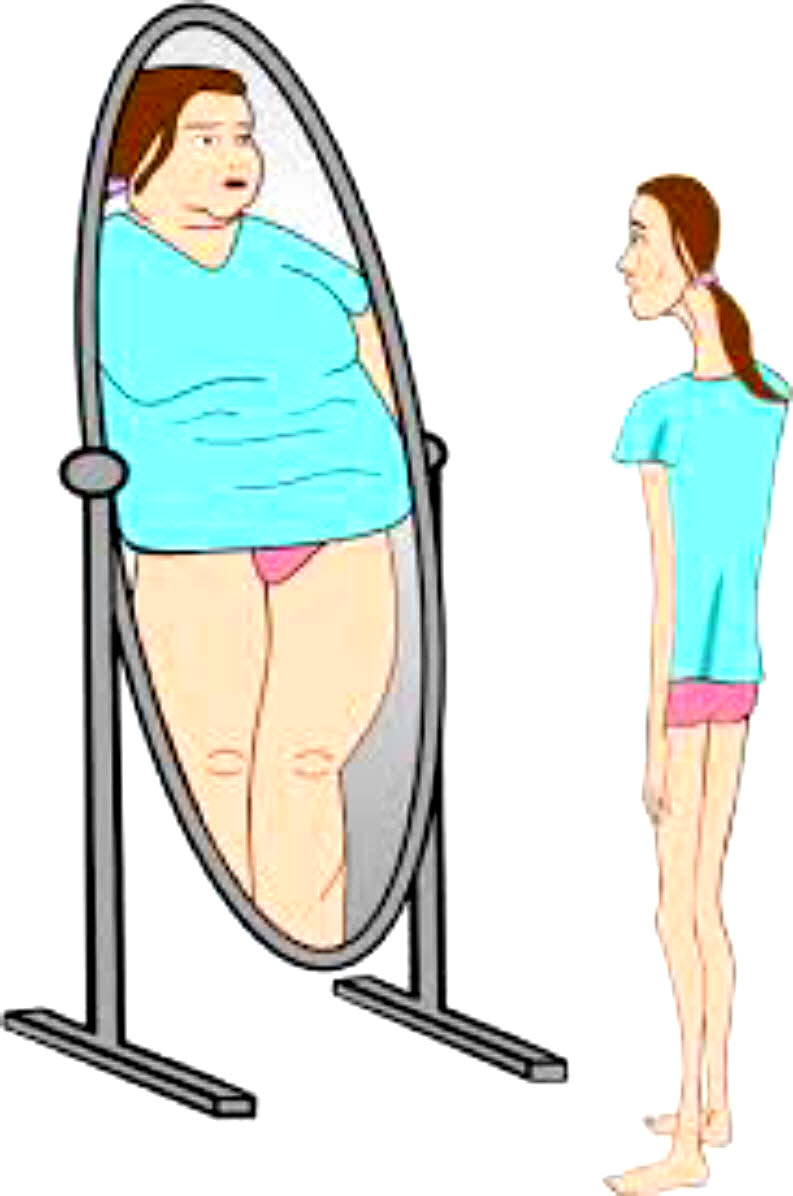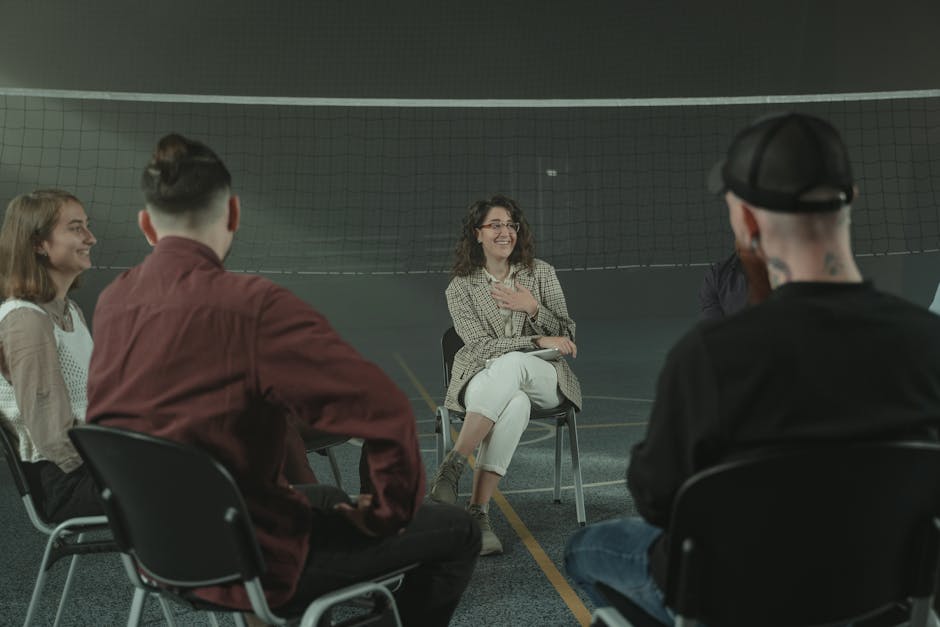
As More Kids Kill Themselves, Parenting Becomes Suicide Watch
Even though record numbers of children are making attempts on their own lives, schools are divesting from #mentalhealthcare. Who is going to step up?
One afternoon when I was in fifth grade, I returned home from school to an empty house. Instead of getting a snack or turning on the television, I set down my backpack and walked back into the spare room where my stepfather had a gym-style weight machine. I stood up on the bench, pulled some slack into the plastic-sheathed steel cord that lifted the weights and wrapped it around my neck. Then, I stepped off the bench and let myself hang. My heartbeat quickened and my vision narrowed to a bright spot.
Just before I lost consciousness, I kicked a foot back and pulled myself onto my feet.
I survived #childhood depression because the rubber soles of my sneakers caught on the vinyl of my stepfather’s weight bench. I got lucky. Other kids didn’t. An increasing number of kids don’t. Data from the #CentersforDiseaseControl shows that in 2016, over 6,100 Americans between the age of 10 and 24 died by their own hand. And according to a study published this week in the #JournalofAmericanMedicine-Pediatrics, over a nine-year period ending in 2016 the number of children sent to hospital emergency departments for suicide attempts and #suicidalideation doubled.
Children who kill themselves are children who adults have failed. This is a harsh claim because it seems to lay the blame at the feet of mourning parents. But it’s much broader than that. We raise kids together and funnel them into the same education system, where #mentalhealthcare is rarely available and almost never a priority. Kids die because their needs were not prioritized; children’s access to #mentalhealthcare rarely is. But those who shrug off the term “#SuicideEpidemic” as breathless fearmongering aren’t fully engaged with the numbers. Though “epidemic” might be too strong a word, data doesn’t lie. Kids are killing themselves in record numbers.
“When we look broadly, at all the reasons children go to a hospital, visits for #suicideattempts and #suicidalthoughts have increased by 60 percent. They represent about 3.5 percent of all visits to pediatric #emergency departments,” explains researcher Dr. Brett Burstein, a Pediatric Emergency Medicine specialist Montreal Children’s Hospital. “What makes this unique and important is that it’s a broad, generalizable, nationally represented data set of emergency department visits across the U.S. maintained by the #CentersforDiseaseControl.”
It’s not uncommon for the incidence of #mentalhealthissues to trend upwards as medical professionals improve their ability to diagnose a problem. But Burstein says his data suggests that #suicidalideation is a multifactorial phenomenon. Considering that 88 percent of suicide-related pediatric emergency visits follow attempts, increased recognition isn’t driving hospital admittances. And it definitely isn’t driving up the death count.
More kids are trying to kill themselves. And, in particular, more young kids are trying to kill themselves. Children’s Mercy Hospital in Kansas City, Missouri, saw a 39 percent increase in #suicideassessments from July 2017 to June 2018. Doctors admitted a 3-year-old after a failed attempt.
“There has been a common perception that #suicidalideation and #suicidalbehavior is a teen and preteen problem,” says Burstein. “But when you look broadly among those presenting with #mentalhealth problems and #suicidalbehavior, 43 percent are aged 5 to 11.”
Compare that finding with data that suggests #suicide is the second-leading cause of death for Americans between the ages of 10 and 34, and it becomes clear that many people don’t grow out of #depression. They die from it. In essence, this means that children are dying en masse from a treatable illness.
Due to budgetary clawbacks that start with the #DepartmentofEducation and reach all the way down into kindergarten classes, overburdened school nurses, therapists, and counselors are responsible for dozens of schools at a time. A #NationalAssociationofSchoolPsychologists report recently found that, on average, a single school psychologist is responsible for overseeing 2,700 students. Across the United States, there’s just one nurse for every 4,000 students on average. That means struggling students may have to be flagged by overworked and underpaid teachers.
This current reality is not much different from the one I faced when I was flirting with death in the late 1980s. We know more now, but there is a disconnect between the scholarship and action. America has seen the consequence of not investing in mental healthcare for kids: There have been 288 school shootings since 2009, and while over 2.6 million U.S. children aged 6–17 years are diagnosed with #anxiety or #depression, only one in five are being treated. The programs that do exist are either overburdened, difficult to access, or not covered by insurance and prohibitively expensive. That means I’m on constant watch, managing my own #mentalhealth while I worry about my family.
“The data points to the fact that half the people who need treatment don’t end up getting it for a host of access reasons,” says psychiatrist Dr. Neil Leibowitz, Chief Medical Officer for online therapy start-up Talkspace. “That’s either because clinics are full, or people don’t know how to access the system. A lot of providers aren’t in network, so there’s that payer issue, too.”
Welcome to the “next chapter” of my life… being a voice and an advocate for #mentalhealthawarenessandsuicideprevention, especially pertaining to our younger generation of students and student-athletes.
Getting men to speak up and reach out for help and assistance is one of my passions. Us men need to not suffer in silence or drown our sorrows in alcohol, hang out at bars and strip joints, or get involved with drug use.
Having gone through a recent bout of #depression and #suicidalthoughts myself, I realize now, that I can make a huge difference in the lives of so many by sharing my story, and by sharing various resources I come across as I work in this space. #http://bit.ly/JamesMentalHealthArticle

Leibowitz notes that all of these issues are exacerbated for children with mental health issues because there are even fewer pediatric providers. Wait times to see a doctor can become dangerously long. “If you don’t have connections or unlimited wallet and call five clinics for a routine appointment, you’re looking at six to eight weeks before you can get an appointment,” Leibowitz explains.
And all of that is dependent on a parent or an adult even recognizing that there’s an issue. This suggests that solutions likely lie along two different tracks: more and better mental health options for kids and more resources for parents to know how and when to access them.
Unfortunately, we are unlikely to see policies rolled out in the next few years and likely to see child #suiciderates continue to climb.
“There is about a three-year lag,” says Burstein. “If we look at those as drivers for the data, I don’t think our data is the peak of this upslope. I worry we haven’t seen it.”
The first time I tried to kill myself, I climbed down from my stepfather’s weight bench with a mean red stripe across my throat. I cried and punched, throwing an existential tantrum. I did not know then that I could feel better or that I would feel better. I did not know that I’d have a family of my own. I didn’t understand that someday I would care not only about my own life but, even more immediately, about the lives of my boys.



